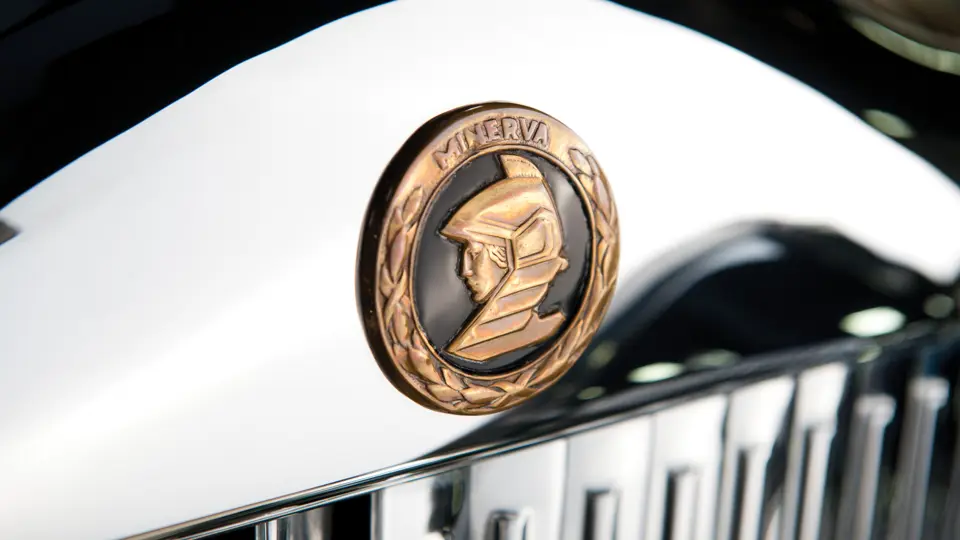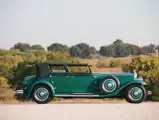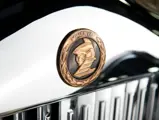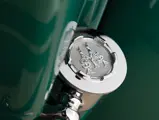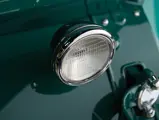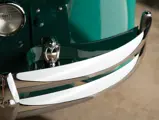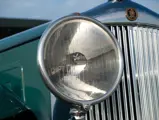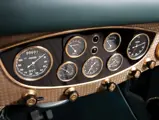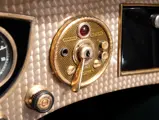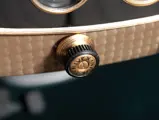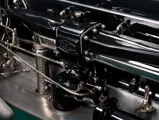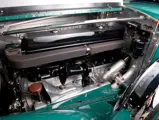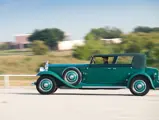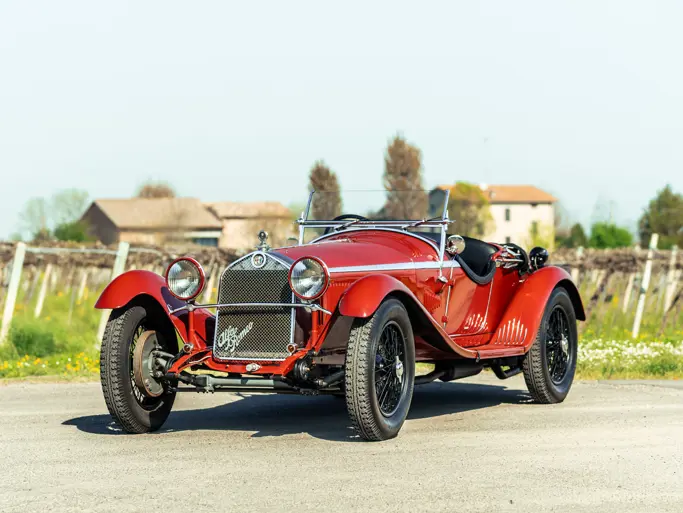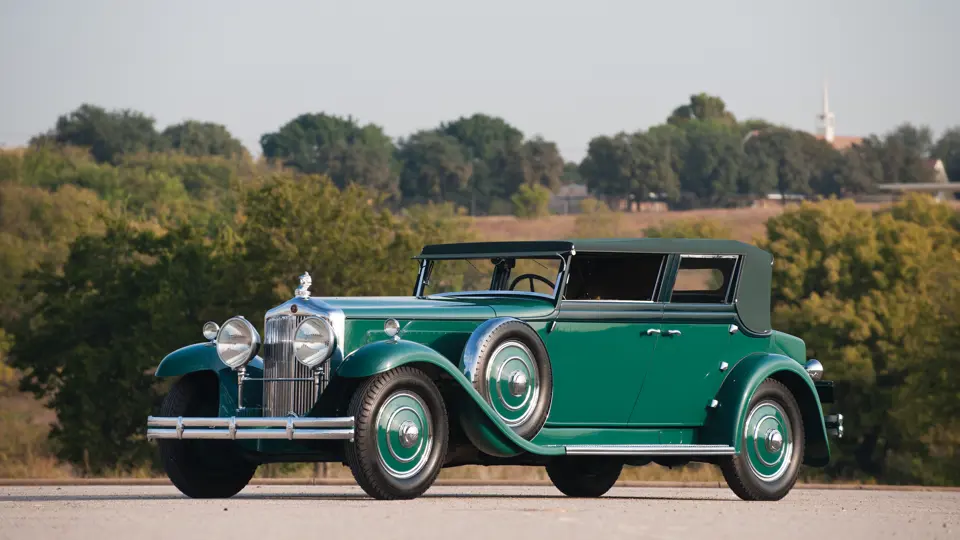
1931 Minerva AL Convertible Sedan by Rollston
{{lr.item.text}}
$660,000 USD | Sold
{{bidding.lot.reserveStatusFormatted}}
- A one-off design by Rollston on the ultimate Belgian Classic chassis
- One of fewer than a dozen known Minerva ALs
- Formerly owned by D. Cameron Peck and Gerald Rolph
- Immaculate, highly detailed restoration by Steve Babinsky
- A masterpiece of the American coachbuilder’s art
130 bhp, 6,625 cc sleeve-valve inline eight-cylinder engine with a single Zenith carburetor, four-speed manual transmission, front suspension via beam axle and inline semi-elliptic leaf springs, rear suspension via live axle and inline semi-elliptic leaf springs, and servo-assisted four-wheel drum brakes. Wheelbase: 153.5 in.
New York socialite Henry Walker Bagley and his wife, tobacco heiress Nancy Reynolds, chose for their personal conveyance Belgium’s finest luxury car, the Minerva AL. The 153.5-inch wheelbase AL featured the most developed version of the Belgian automaker’s sleeve-valve engine. This innovative design replaced conventional poppet valves with mechanically actuated steel sleeves, which moved up and down within the bore and within which the piston reciprocated. When the ports in the two sleeves aligned with the exhaust port, the exhaust cycle was underway. Intake worked according to the same principle. The action of the sleeves moving up and down was caused by a fairly conventional crankshaft, which acted on roller bearings that were affixed to arms that were attached at the bottom of each sleeve.
The design was complicated but peerlessly silky smooth, and the AL, which displaced 6,625 cubic centimeters over eight cylinders, was also powerful; this was everything that one wanted in a luxury car. It was also immensely expensive, accounting for production of only 50 chassis, of which fewer than a dozen survivors have been traced.
Of these survivors, the Bagleys’ is the only AL known to have been built with an American body, as most of the other cars sold in this country were usually bodied overseas.
The body for the Bagleys’ motor car, which was built by New York City’s Rollston Company, was in many ways a traditional convertible sedan that had elegant but dignified interior appointments and a fully insulated soft-top, which made the car a formal sedan when it was raised and transformed it into an airy convertible when it was lowered. What distinguished this car were its doors, which were angled backwards at a dashing rake and mounted on hinges carefully engineered to suit. This “slant door” design had been tried before by Hibbard & Darrin, of Paris, and Brewster, of Long Island, both on Rolls-Royce chassis. It was, in all likelihood, the Brewster “Windblown” Coupe shown in New York in 1930 that inspired the Bagley Minerva’s design.
Rollston’s genius, however, was in improving upon the lines by matching the windshield, pillars, and even the shapes of the windows to the rake of the door lines. As with all great design, colors were used to guide the eye home, with a flow of darker paint along the beltline to accentuate how the design seems to be pushed rearward by the force of its own drama. It is a cliché to say that a design makes a car “look fast when it is standing still,” but in this case, the idea was not to make the car look fast; the idea was to accentuate the power suggested by its vast presence. Perfection is in the details, and even the Minerva mascot atop the radiator, a head that is mounted far back on an elegant neck, recalls the angles that define this car.
The Minerva was eventually acquired by pioneering collector D. Cameron Peck, of Chicago, and it later passed through the hands of Fred Bultman and Dr. James Dees. It was acquired in 1967 by well-known enthusiast and collector Gerald Rolph, then of Texas. Mr. Rolph was among the Minerva’s most passionate connoisseurs, penning the definitive history on the AL for the March/April 1973 issue of Antique Automobile magazine. Naturally, his own Rollston-bodied car was featured on the magazine’s cover.
Mr. Bagley’s Minerva remained in the Rolph Collection for an astonishing 30 years, before being sold in 1997. It was next acquired by Charles Morse, of Washington State, wearing its original restoration “of age,” but it later received the concours-quality restoration that the AL still wears today. The restoration was performed by this country’s foremost specialist in Minervas, Steve Babinsky of Automotive Restorations in Lebanon, New Jersey. Following its completion, the Minerva was awarded Best in Class at the Pebble Beach Concours d’Elegance and has received awards at Meadow Brook, Amelia Island, and the Louis Vuitton Concours.
This Minerva is still immaculate in its presentation and details, thanks to the consistent, caring maintenance of important collectors, and it features one of the most important surviving American coachbuilt bodies of its era, as it combines Rollston’s legendary craftsmanship with the advanced design of a new generation. It has been owned by some of the great names in this hobby and was restored by the most prominent Minerva specialist to an award-winning, meticulous standard. Simply put, the Minerva AL is the Belgian Duesenberg and one of the grandest of Full Classics, and this car is the ultimate AL.

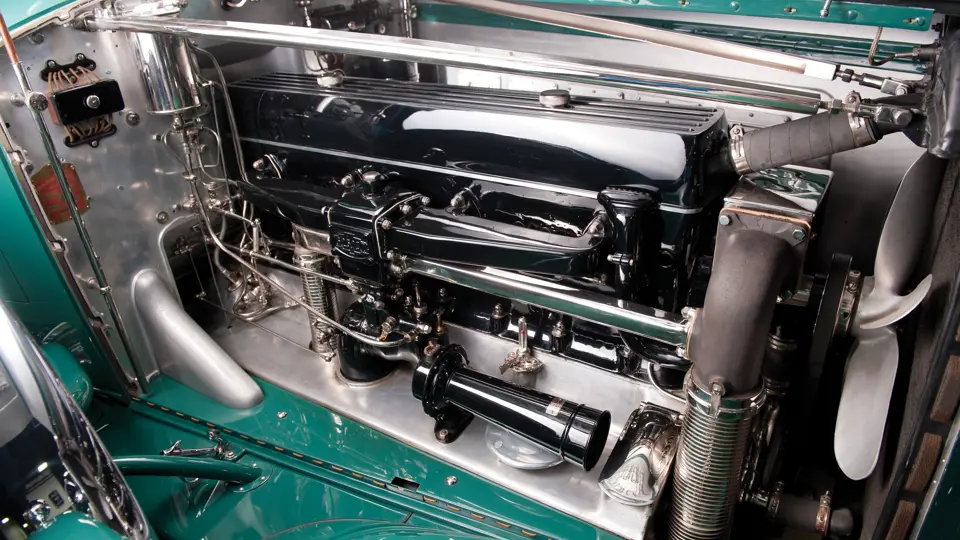





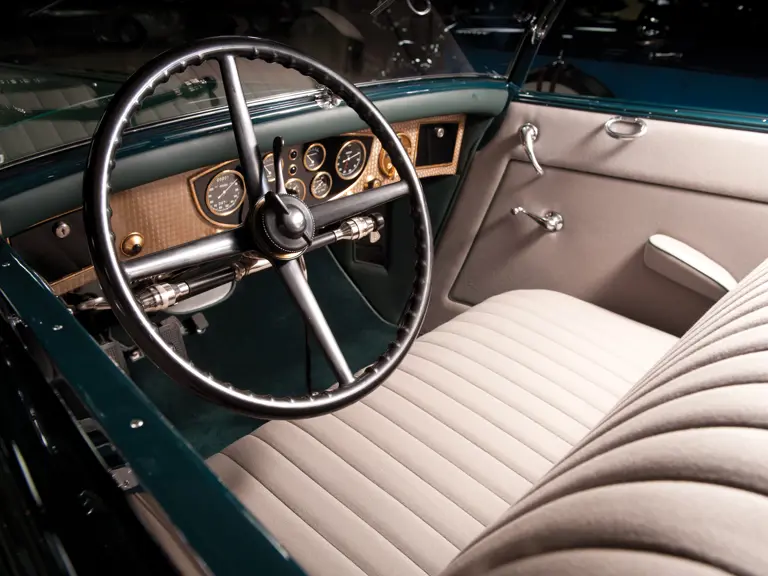
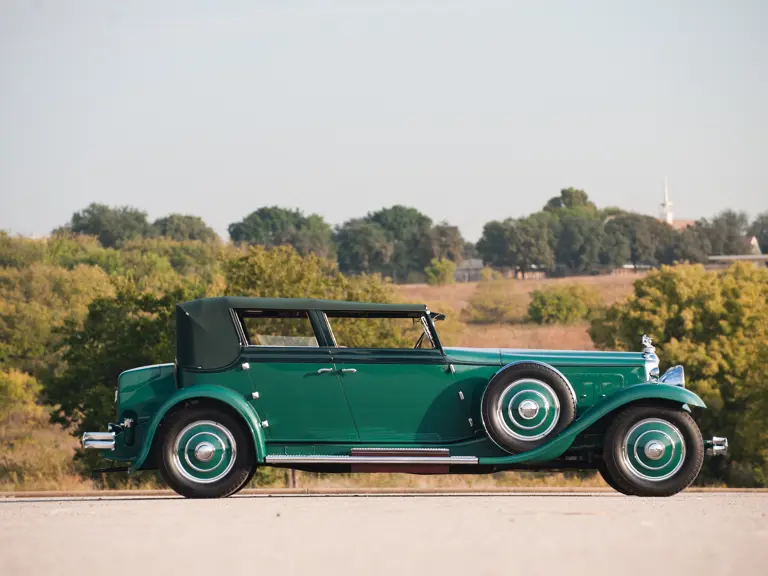

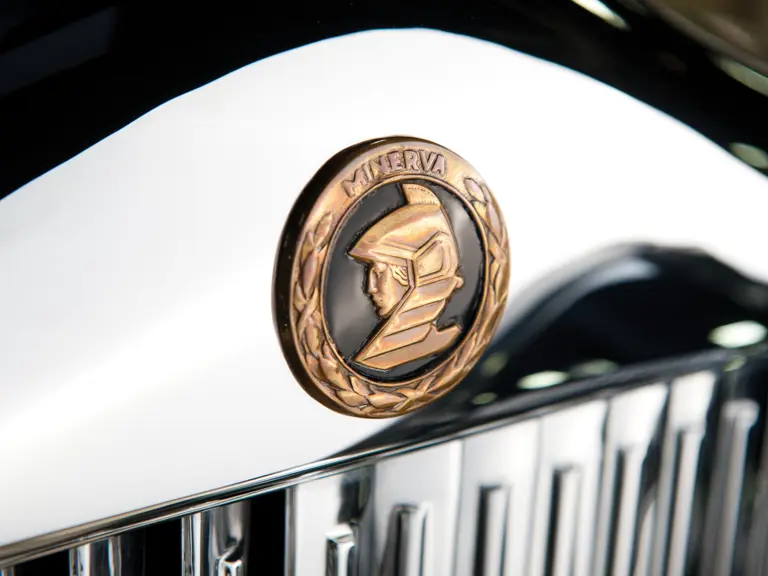
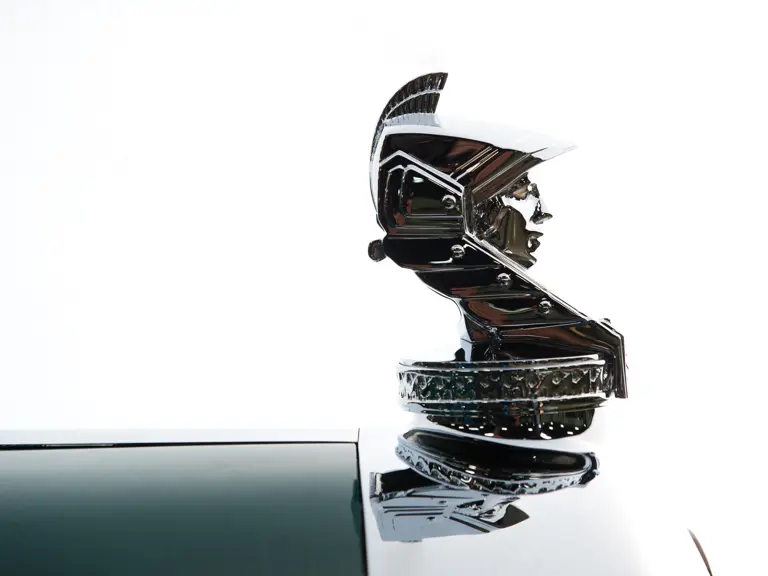
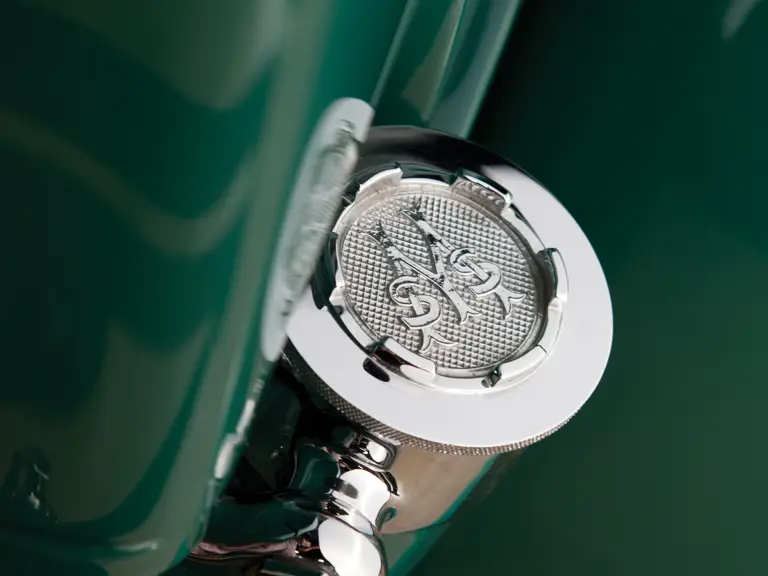

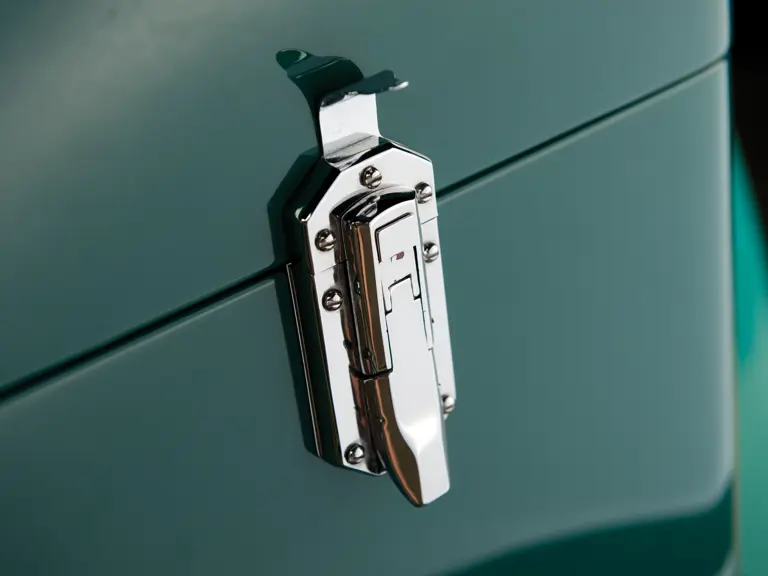

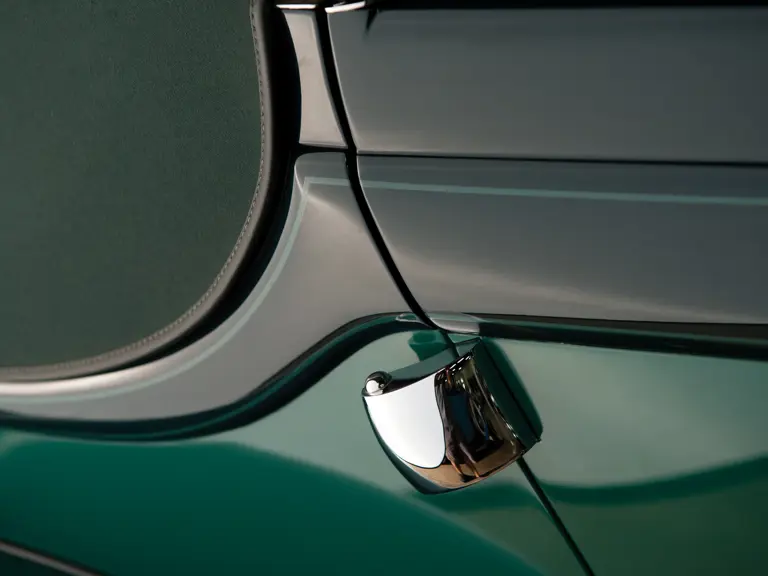
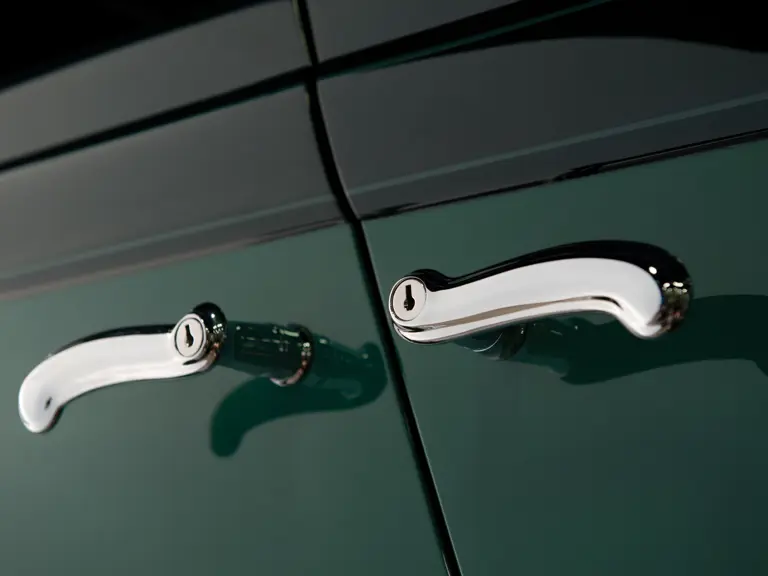
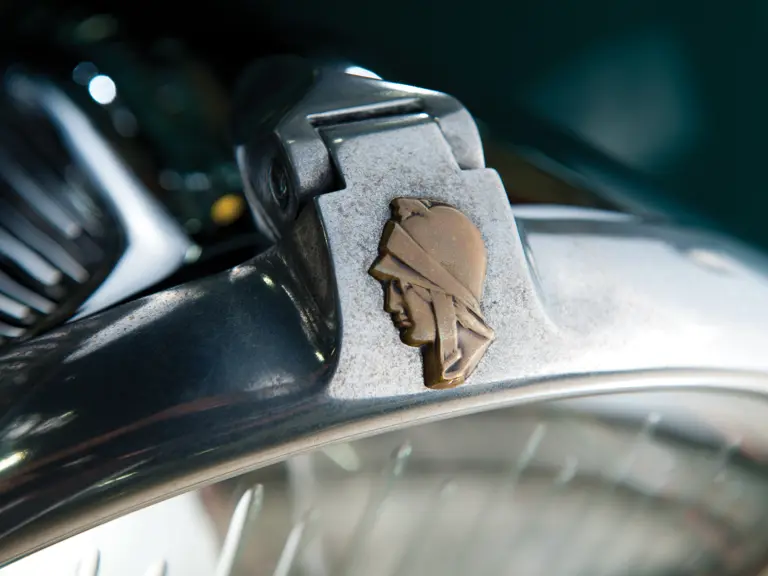
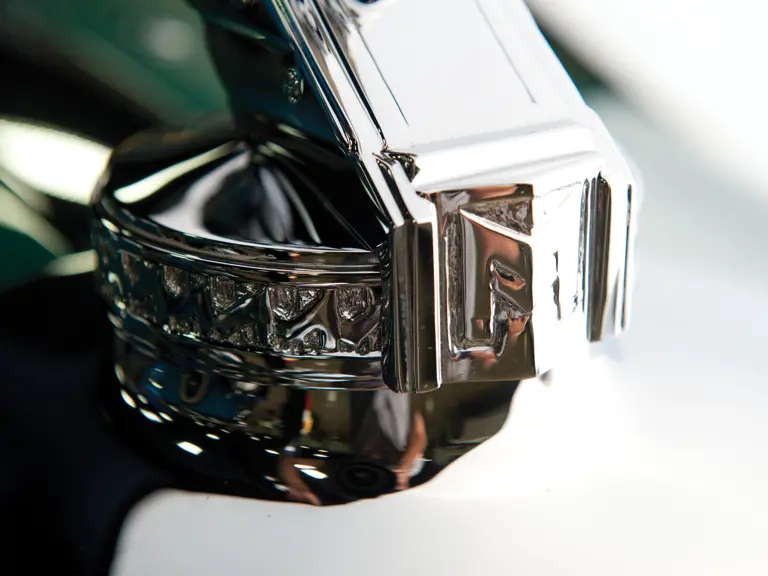

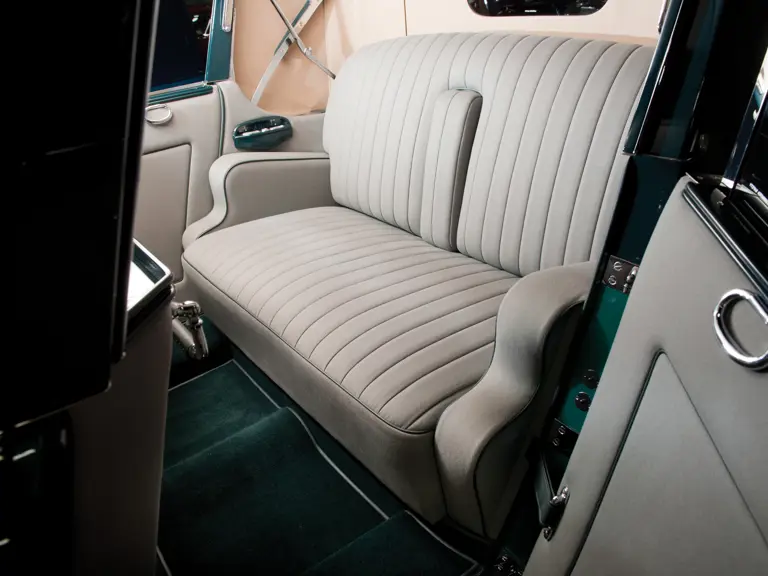
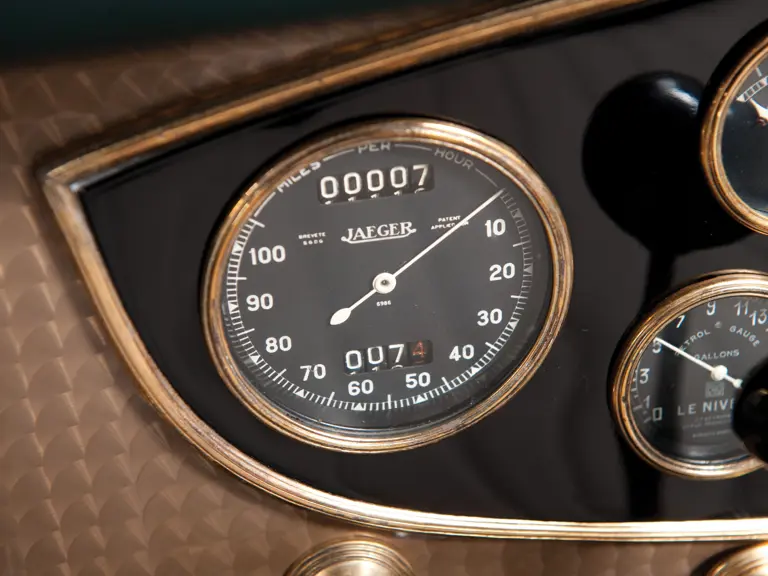

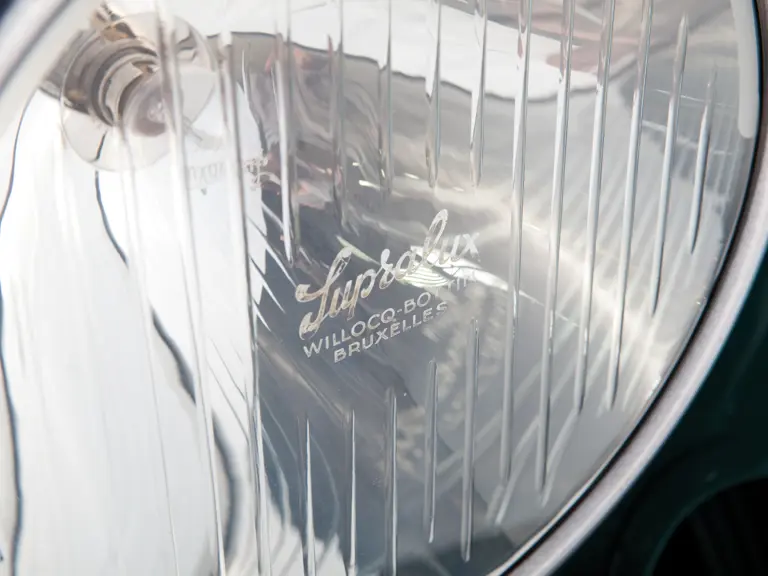
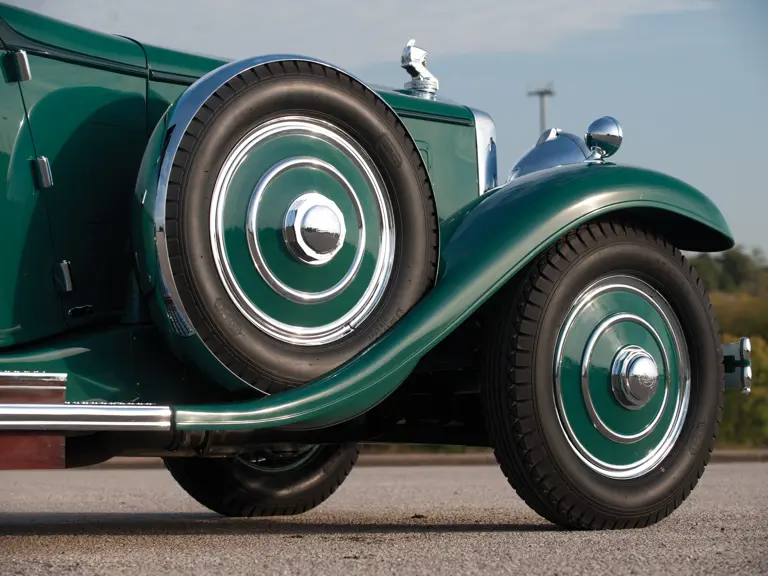



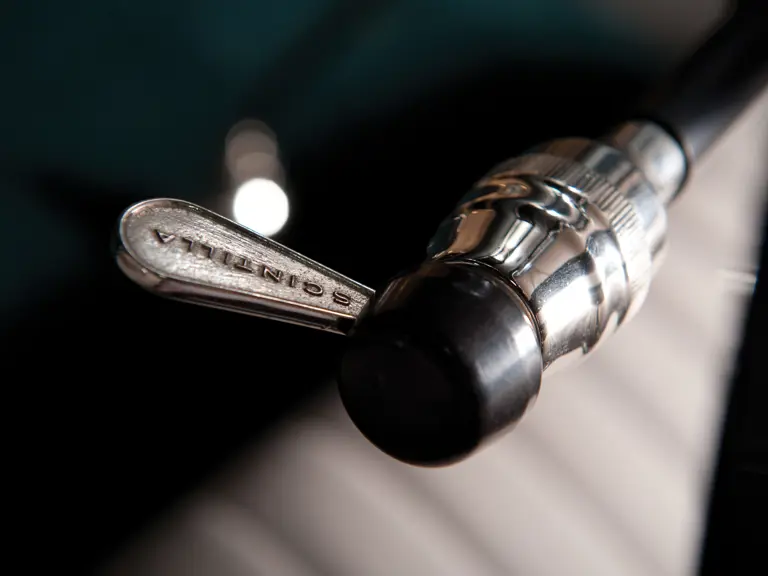

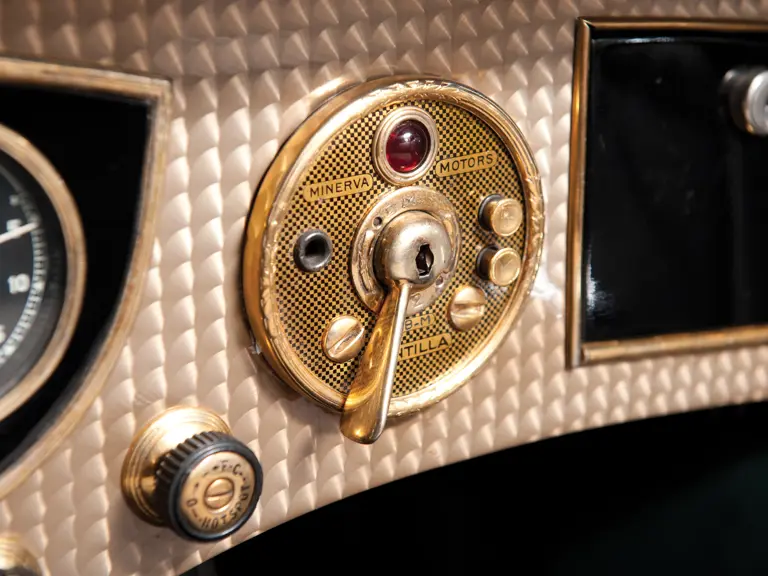
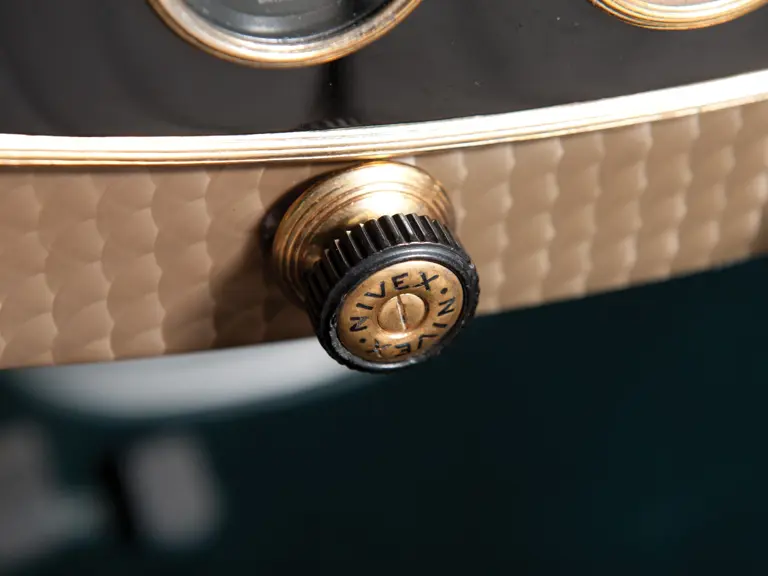

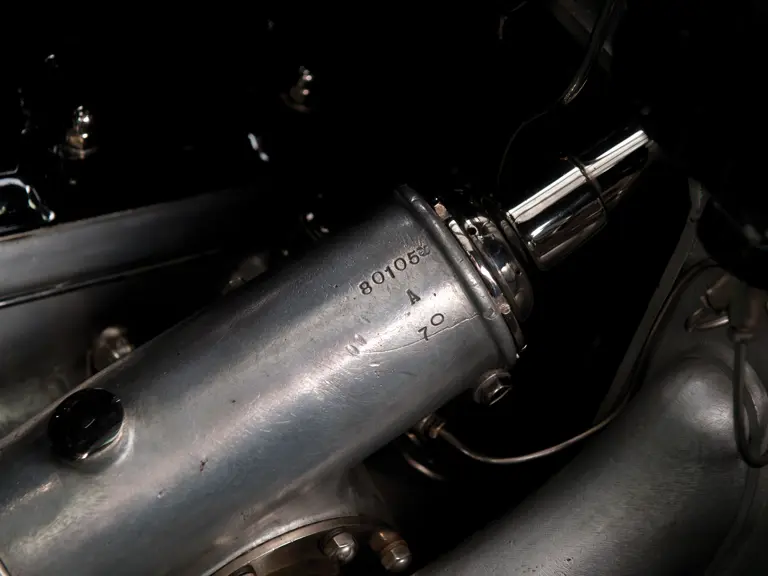
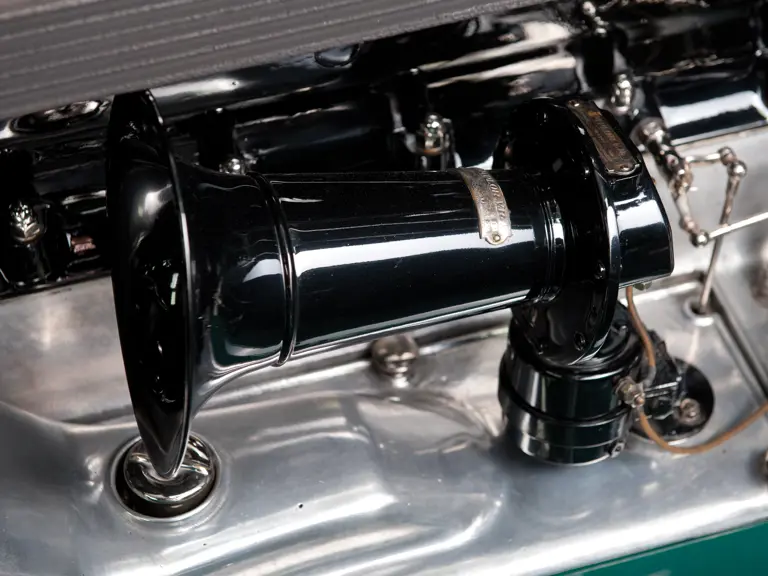
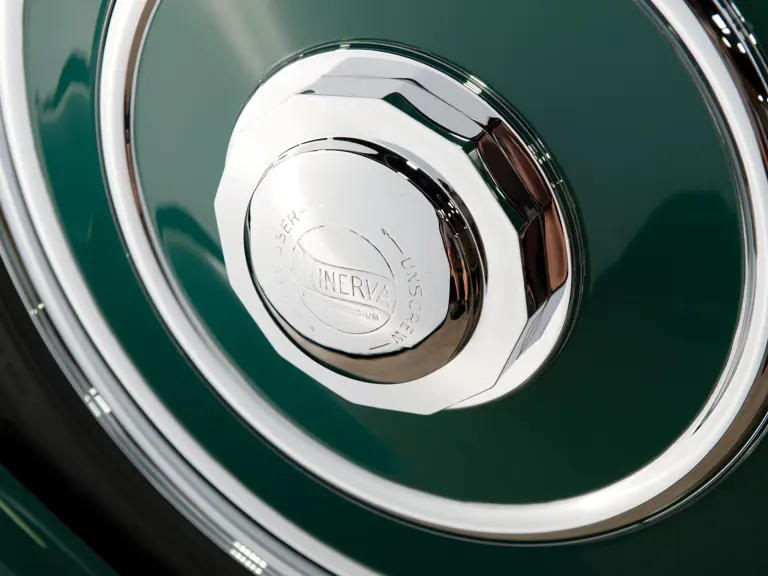
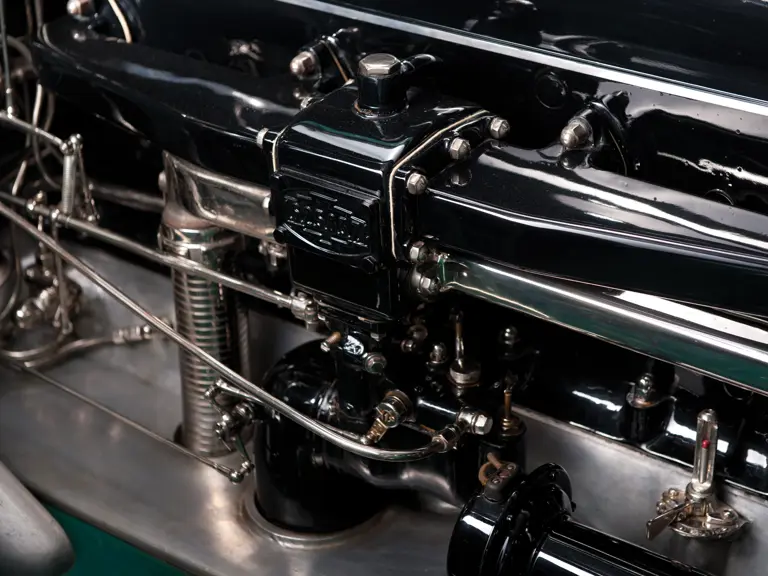



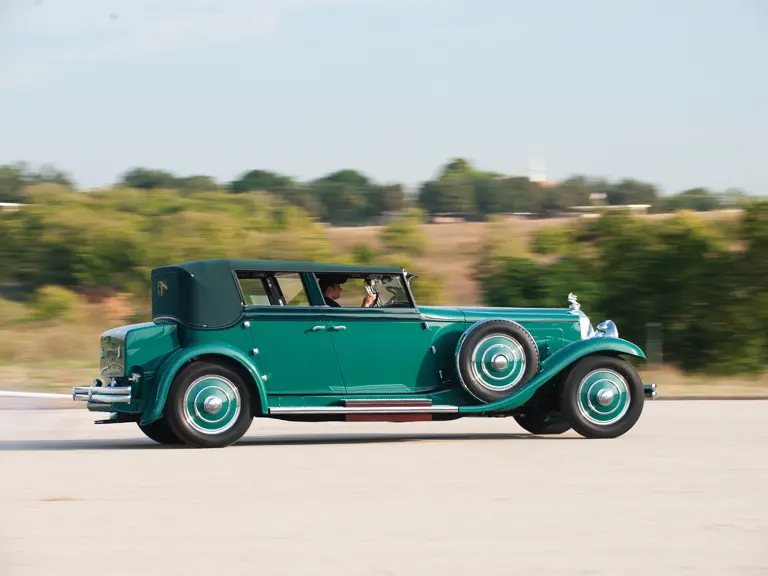
 | Phoenix, Arizona
| Phoenix, Arizona


